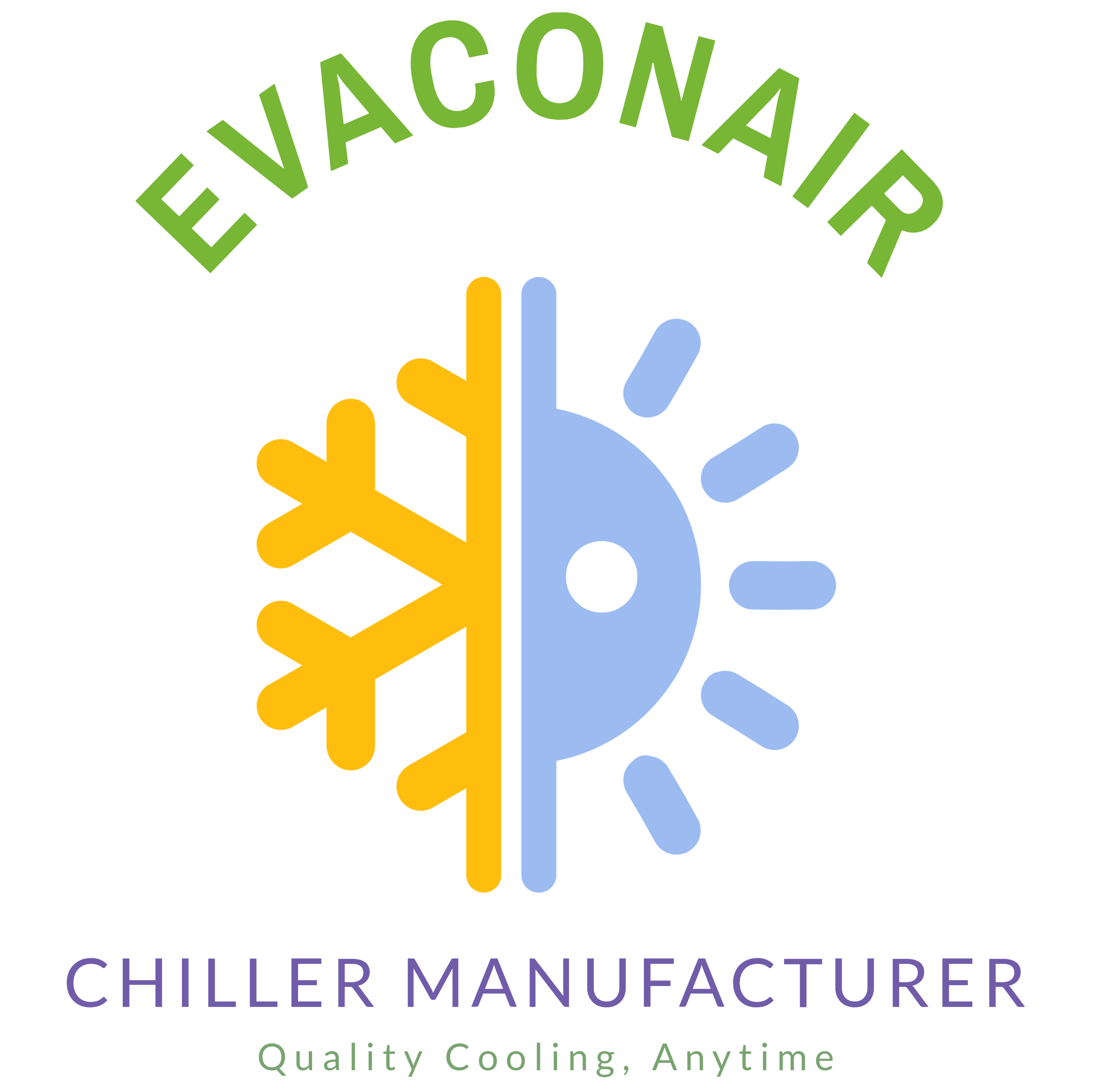Blog
What Is a High-Efficiency Chiller?
Energy Efficiency
A high-efficiency chiller is designed to provide superior cooling performance while consuming less energy compared to standard chillers. High efficiency is typically measured by metrics such as the Coefficient of Performance (COP) or Energy Efficiency Ratio (EER). High-efficiency chillers have higher COP and EER ratings, meaning they deliver more cooling output per unit of energy consumed.
Reduced Operating Costs
Because they use less energy to achieve the same level of cooling, high-efficiency chillers can significantly lower operational costs and reduce electricity bills.
Environmental Benefits
These chillers often use refrigerants with lower Global Warming Potential (GWP) and are designed to reduce greenhouse gas emissions, contributing to a smaller carbon footprint.
Advanced Technologies
High-efficiency chillers often incorporate advanced technologies such as variable speed drives, high-efficiency compressors, and enhanced heat exchangers. These technologies help optimize performance and adapt to varying cooling loads.
Regulatory Compliance
They typically meet or exceed industry standards and regulations, such as those set by ASHRAE or local energy efficiency mandates, ensuring compliance with environmental and efficiency requirements.
Enhanced Reliability
Designed with superior components and technology, high-efficiency chillers often offer improved reliability and longer service life compared to standard models.
Smart Controls
Many high-efficiency chillers come equipped with smart controls and monitoring systems that allow for better performance management and energy use optimization.
Choosing a high-efficiency chiller can lead to substantial long-term savings, reduced environmental impact, and enhanced operational performance.
